I have a photo of a Go-board, which is basically a grid with n*n squares, each of size a. Depending on how the image was taken, the grid can have either one vanishing point like this (n = 15, board size b = 15*a):

or two vanishing points like this (n = 9, board size b = 9*a):

So what is available to me are the four screen space coordinates of the four corners of the flat board: p1, p2, p3, p4.
What I would like to do is to calculate the corresponding four screen space coordinates q1, q2, q3, q4 of the corners of the board, if the board was moved 'upward' (perpendicular to the plane of the board) in world space by a, or in other words the coordinates on top of the board, if the board had a thickness of a.
Is the information about the four points even sufficient to calculate this?
If this is not enough information, maybe it would help to make the assumption that the distance of the camera to the center of the board is typically of the order of 1.5 or 2 times the board size b?
From my understanding, the four lines p1-q1, p2-q2, p3-q3, p4-q4 would all go through the same (yet unknown) vanishing point, located somewhere below the board.
Maybe a sufficient approximation (because typically for a Go board n=18 and therefore square size a is small in comparison to the board size) for the direction of each of the lines p1-q1, p2-q2, ... in screen space would be to simply choose a line perpendicular to the horizon (given by the two vanishing points vp1-vp2 or by p1-p2 in the case of only one vanishing point)?
Having made this approximation, still the length of the four lines p1-q1, p2-q2, p3-q3, p4-q4 would need to be calculated ...
Any hints are highly appreciated!
PS: I am using Objective-C & OpenCV


